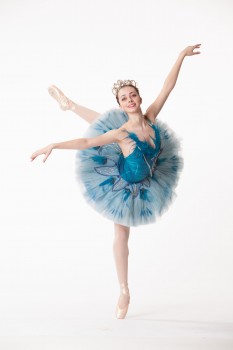Editor’s note: This is our first user-submitted post! Want to submit your own? Check out here!
There is no easy way to start my personal ballet story.
My name is Lucia, I’m 24 years old, and I’ve never dance before in my life. A couple of years ago my father took of,f leaving me alone: my mother is really sick and she is under medical attention 24/7.
A lot of things had happen to me through the years and on 2014 I though life was over for me. I was alone, struggling with a lot of stuff, including cocaine addiction. It wasn’t until earlier this year that I found by coincidence a ballet video of an adult dancer that I considered to take classes. I was literally sinking, hopeless, sad, I was all in all: an addict. As my addiction grew my health was very bad. My nose started to bleed, I lost so much weight I look like a skeleton. I knew I needed a change but I couldn’t figure it out.
Days passed and that video was stuck my head and the song too! It wasn’t until then that I realized that may be if I picked something, a hobby or something else I could get better. I started ballet classes everyday for 2 hours. And I’ve been clean since the first day I started. I can’t believe I’m healthy, I’m happy and full of energy.
Ballet gave me the strength I needed. It gave me hope, it made me push myself harder it made me test my limits. I’ve never been happier in my entire life, ballet saved me. Ballet was the hand that saved me when I was drowning and nobody else was there. That’s my story.
I’m currently taking 12 ballet hours per week and looking forward for more. NOTHING is impossible if you try hard enough.





